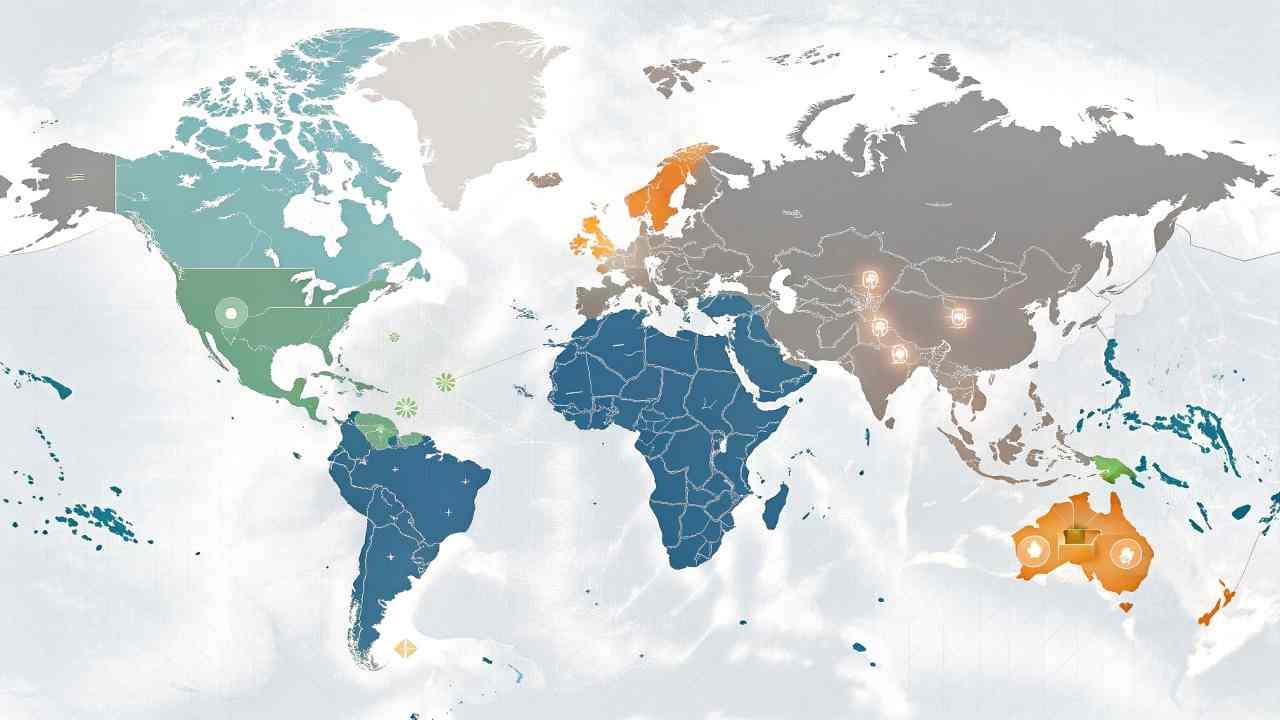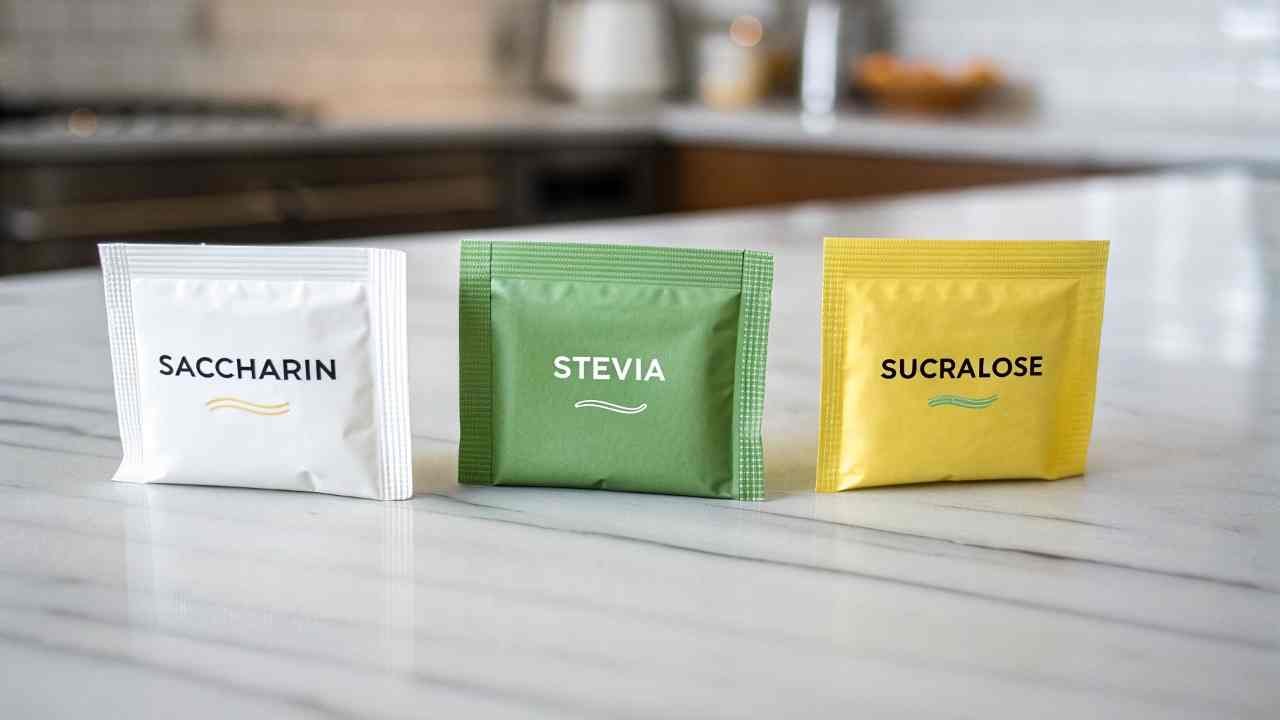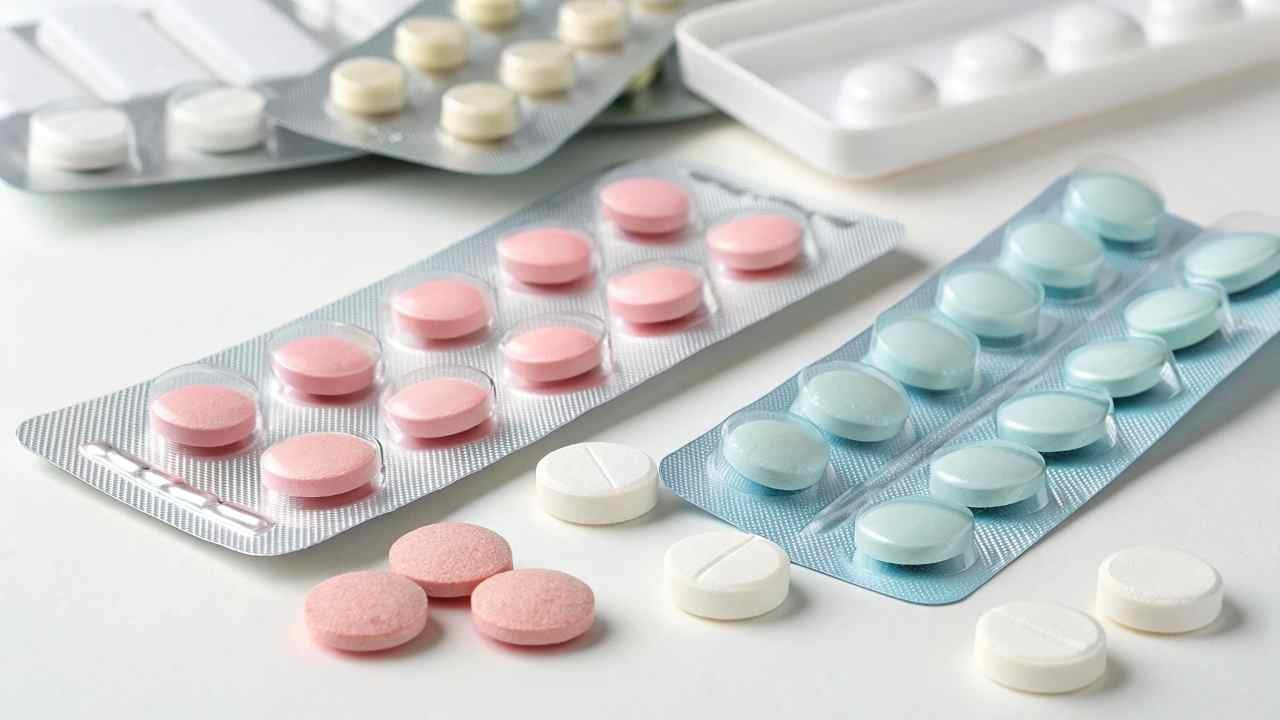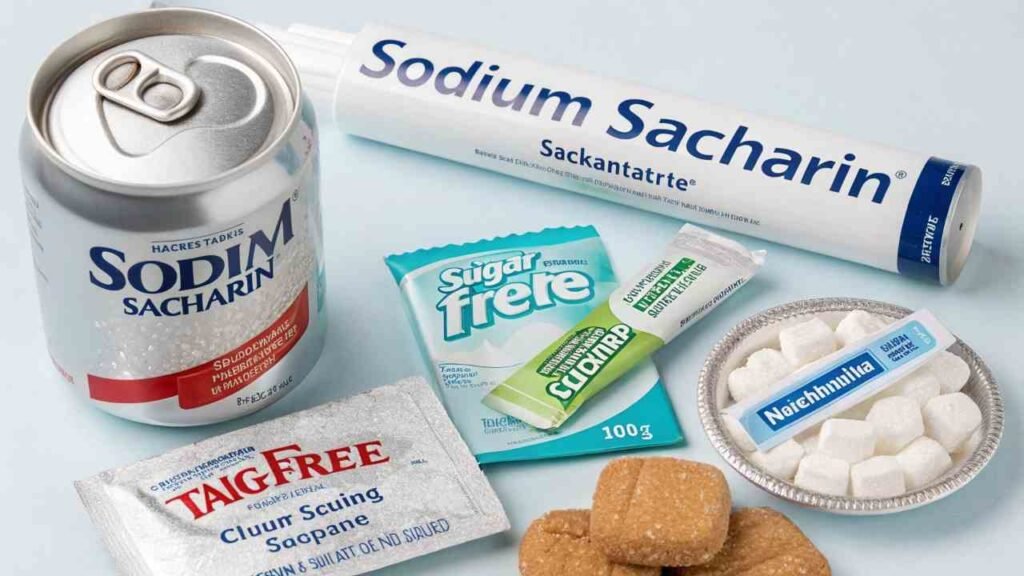See 'saccharin' on labels? Wonder where it's used? Let's quickly cover the main applications of this classic sweetener.
Sodium saccharin is used most in diet drinks, tabletop sweeteners, and personal care products like toothpaste. It is also widely used in pharmaceuticals and other processed foods due to its low cost.
At FINETECH, we supply sodium saccharin, a consistently popular ingredient. My clients need to know its main uses for their global business. Here is a quick guide to where and why it's used.
Where is Sodium Saccharin demand growing?
Wondering about sweetener market trends? Where is saccharin's growth happening? Let's look at the regions and sectors driving its demand.
Sodium saccharin demand is growing fastest in developing regions like Asia-Pacific and Latin America. This growth is driven by expanding food industries and the global sugar reduction trend.

As a supplier, we see these trends firsthand. While mature markets are stable, the real growth is in emerging economies1.
Key Growth Drivers:
- Regional Growth: The food processing sectors in Asia, Latin America, and the Middle East are expanding rapidly.
- Sugar Reduction: Global pressure to reduce sugar in foods and drinks creates demand for low-calorie alternatives.
- Low Cost: Saccharin is extremely cost-effective, making it a perfect choice for price-sensitive markets and large-scale production.
Demand is rising for use in diet beverages, snacks, and diabetic-friendly foods in these growing regions.
Growth Hotspots:
| Region | Key Driver | Main Use Cases |
|---|---|---|
| Asia-Pacific | Low Cost, Expanding Food Industry | Beverages, Snacks, Sweeteners |
| Latin America | Sugar Taxes, Health Initiatives | Diet Sodas, Powdered Drinks |
| Middle East | Demand for Diabetic-Friendly Foods | Confectionery, Drinks |
Do new sweeteners hurt Sodium Saccharin?
With so many new sweeteners, is saccharin obsolete? Is stevia pushing it out? Let's quickly check the competition.
No, new sweeteners don't eliminate saccharin. Its extremely low cost and high stability secure its market position, especially in blends and for price-sensitive products.

The sweetener market is crowded, but saccharin has key strengths that keep it relevant. It wins on two main factors: cost2 and stability3.
- Cost: It's one of the cheapest high-intensity sweeteners available.
- Stability: It is very stable in heat and acid, making it great for baking and drinks with a long shelf life.
Newer sweeteners like sucralose or natural ones like stevia have a cleaner taste or better consumer image but are much more expensive. The choice depends on the final product's goals. Saccharin remains the go-to for cost-effective sugar reduction.
Quick Sweetener Comparison:
| Feature | Sodium Saccharin | Sucralose | Stevia |
|---|---|---|---|
| Cost | Very Low | High | Very High |
| Stability | Excellent | Excellent | Good |
| Taste | Aftertaste | Clean | Can have aftertaste |
| Image | "Artificial" | "Artificial" | "Natural" |
Why use Sodium Saccharin in pharma?
See saccharin in medicine or toothpaste? Surprised? Let's see why it's a key ingredient in pharmaceuticals.
Saccharin is used in pharma mainly to mask the bitter taste of active drugs. It is also stable, non-caloric, and does not cause tooth decay, making it ideal for medicines.

Saccharin's job in pharma is to make medicine palatable so patients will actually take it.
Key Reasons for Pharma Use:
- Taste Masking4: Its primary role is to cover the strong bitter taste of many active pharmaceutical ingredients (APIs).
- Inert: It does not react with the active drugs, ensuring the medicine remains effective.
- Non-Cariogenic: It doesn't cause cavities, which is crucial for chewable tablets, syrups, and especially toothpaste.
- Zero Calories5: It's safe for diabetic patients.
You will find it in chewable tablets, cough syrups, lozenges, and toothpaste. It's a functional ingredient that solves a major formulation problem.
How is Sodium Saccharin used in drinks?
What makes your diet soda sweet? Why is saccharin a classic choice? Let's look at its use in the beverage industry.
Saccharin is used in diet drinks for its intense, zero-calorie sweetness and acid stability. It is almost always blended with other sweeteners like cyclamate or Ace-K to improve taste.

The beverage industry is a huge user of saccharin. Its main advantage is its stability in acidic soft drinks, where other sweeteners might break down.
However, saccharin has a slight aftertaste when used alone. To fix this, formulators use it in blends6:
- Saccharin + Cyclamate: A classic diet blend with good taste and low cost.
- Saccharin + Ace-K: Another common blend that creates a more rounded, sugar-like taste.
This blending strategy masks aftertastes and creates sweetness synergy, which saves money. In modern drinks, saccharin is a vital team player, providing a stable and cost-effective base for sweetness.
Will Sodium Saccharin market grow?
What is saccharin's future? Will its market grow or shrink? Let's quickly analyze the future outlook.
Yes, the saccharin market is expected to have modest but steady growth. This is driven by ongoing sugar reduction trends, its low cost, and rising demand in developing countries.

Saccharin's future looks stable, not explosive. It's a reliable workhorse, not a trendy newcomer.
- Growth Drivers: The global "war on sugar," saccharin's unbeatable low cost, and growing food industries in emerging economies will continue to fuel demand.
- Restraining Factors: Competition from "natural" sweeteners like stevia and some lingering negative consumer perceptions will limit its growth in premium products.
The outlook is for continued, slow, and steady growth. Saccharin has proven its resilience and has a secure place as a cost-effective solution for sugar reduction.
Conclusion
Sodium saccharin is a key sweetener in drinks, food, and pharma. Its low cost and high stability ensure it will have continued stable demand and modest market growth.
-
Exploring this link will provide insights into the potential and strategies for suppliers in emerging markets. ↩
-
Exploring this link will provide insights into how cost-effective sweeteners can benefit your budget and health. ↩
-
This resource will explain the significance of stability in sweeteners, especially for baking and long-lasting products. ↩
-
Understanding taste masking can help you appreciate how medications are made more acceptable for patients, enhancing adherence. ↩
-
Exploring the significance of zero calorie sweeteners can provide insights into dietary choices for managing diabetes effectively. ↩
-
Exploring sweetener blends can provide insights into creating better-tasting low-calorie drinks. ↩


